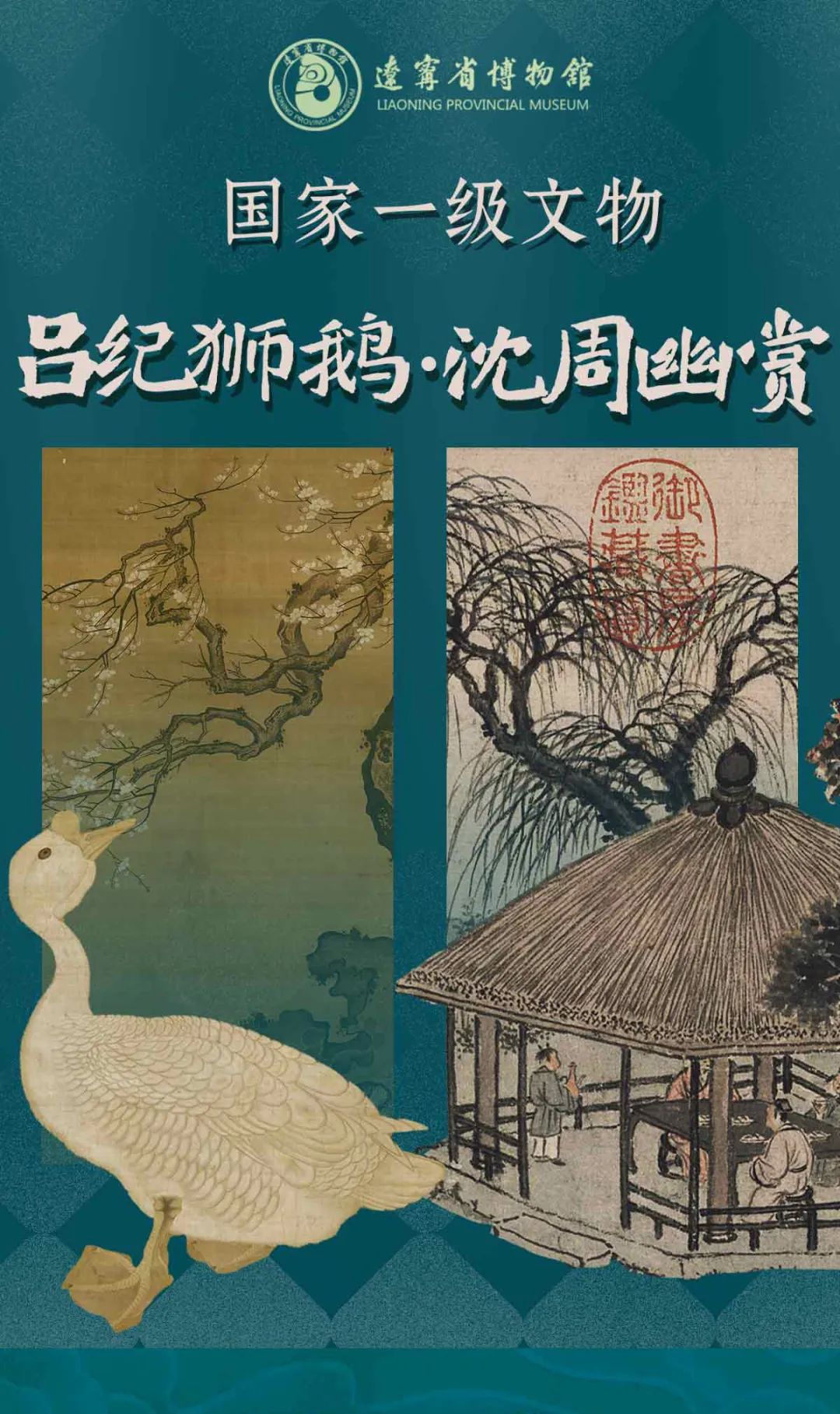Under the vigorous implementation of China’s national cultural digitization strategy, the Liaoning Provincial Museum continues to explore innovative paths for the protection and publicity of cultural relics, launching a variety of digital collections. Digital collections are unique digital certificates generated through blockchain technology, which are used for the digital distribution, collection and use of specific works or artworks.
The Liaoning Provincial Museum is one of the museums with the largest collections of calligraphic and painting works in China. Presently, the museum has selected two national first-class cultural relics, Shen Zhou’s painting, Appreciating Potted Chrysanthemum in Tranquility, and Lyu Ji’s painting Lion-Headed Goose, and launched digital collections on Topnod. Using digital technology as a link, the museum has built a bridge in fostering public knowledge and appreciation of history and culture.

The painting Appreciating Potted Chrysanthemum in Tranquility in the museum is a representative work of Shen Zhou, a famous painter of the Wu School in the Ming Dynasty. The work carries a profound cultural connotation and unique artistic value. It adopts the classic diagonal composition in traditional Chinese paintings, creating an expansive and serene artistic conception through the ingenious combination of distant and close views. The rigorous and delicate brushwork, rich layers of ink, and bright and composed colors not only inherit the style and aesthetics of the Yuan Dynasty literati paintings, but also manifest the artistic innovation spirit of “learning from the ancients and attempting to innovate”.
Lyu Ji’s Lion-Headed Goose also becomes the center of attention. This painting work perfectly combines the two techniques of meticulous and heavy-colored brushwork and freehand brushwork. The feathers of the lion-headed goose in the painting were depicted in great detail and as vivid as life, revealing the extreme refinement of meticulous painting. It is also a representative work of flower-and-bird paintings in the Ming Dynasty, reflecting the brilliant achievements of ancient Chinese painting art.
In the next step, the Liaoning Provincial Museum will use blockchain technology to “revitalize” its collection of masterpieces, such as Court Ladies Adorning Their Hair with Flowers, Lady of Guoguo on a Spring Outing, Auspicious Cranes, Collection of Calligraphy Copybooks in Wansui Tongtian Period, and In Memory of Confucius in Dream, aiming to initiate a new era of “digital paintings” through digitization.
The launch of digital collections is another practice of the Liaoning Provincial Museum in implementing the concept of “enlivening cultural relics”. Through digitization, the limits of space and time are broken, and the precious cultural relics collected in the museum are thus brought into the lives of the public in digital form. In the future, the museum will further deepen its integration with science and technology. Building upon advanced digital technology, it will systematically collect and transform its collection of cultural relics, so that more of them can be revitalized in the digital age.
